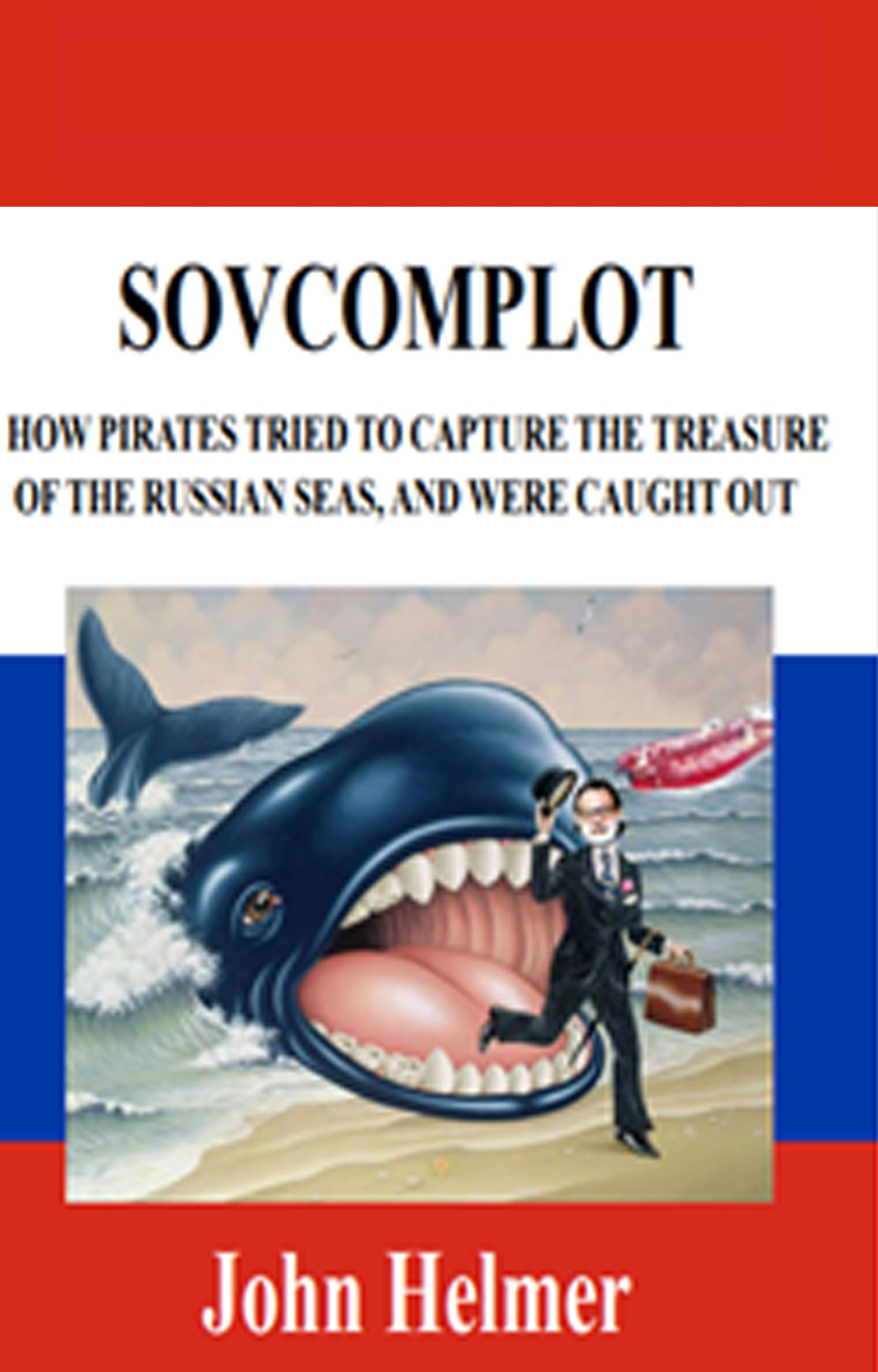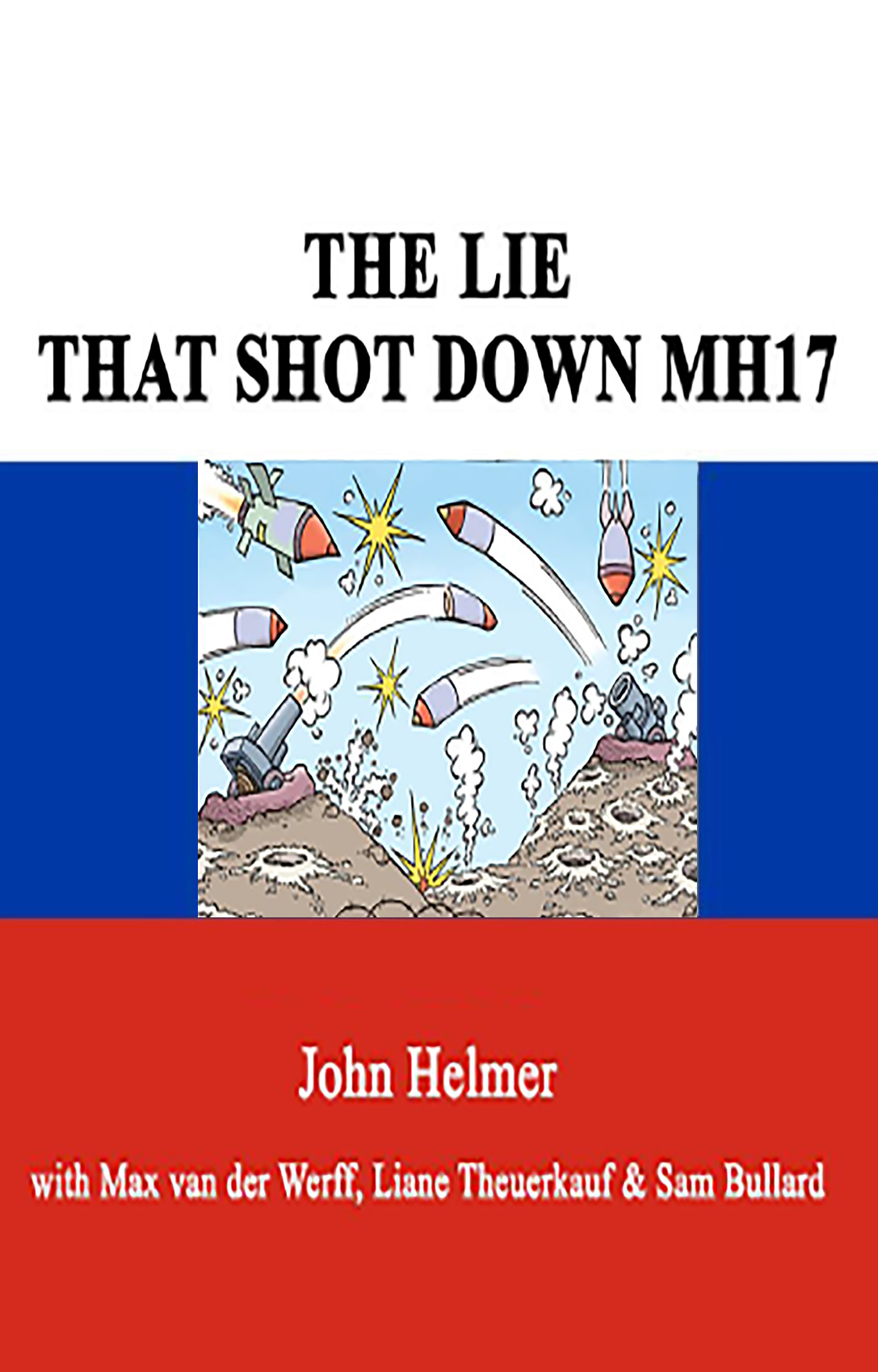-  Print This Post
Print This Post
By John Helmer, Moscow A fact which nobody can verify is usually a fiction, sometimes a lie. In the business of reporting news for sale, the demand for lies is less than the supply, so profit is bound to turn into loss. The only successful business models for reporting and repeating lies are government propaganda […]
by Editor - Sunday, February 28th, 2016
No Comments »
-  Print This Post
Print This Post
By John Helmer, Moscow The law partner of the President of Cyprus is under investigation in Cyprus and in New York for allegedly concealing assets, cashflows, and money-laundering, and for lying to a Cyprus court and to the Cyprus Ministry of Interior, for the benefit of a former Russian politician now on the run.
by Editor - Wednesday, February 24th, 2016
No Comments »
-  Print This Post
Print This Post
By John Helmer, Moscow Dutch government prosecutors investigating the downing of Malaysian Airlines Flight MH17 have reported that secret US satellite intelligence they have been shown cannot be used in evidence in a prosecution in an international or Dutch court, and that no evidence is currently available to charge anyone for the crime of firing […]
by Editor - Tuesday, February 23rd, 2016
No Comments »
-  Print This Post
Print This Post
by Editor - Saturday, February 20th, 2016
No Comments »
-  Print This Post
Print This Post
By John Helmer, Moscow As the Kremlin’s apparatchik for the state aluminium monopoly, Oleg Deripaska (lead image), chief executive of United Company Rusal, has a personal price problem which threatens to turn into an income problem for Russians. If it does that, and loss of income turns into negative opinion polls and protest votes, Deripaska […]
by Editor - Thursday, February 18th, 2016
No Comments »
-  Print This Post
Print This Post
By John Helmer, Moscow An American lawyer and an Australian law firm will go into court in Sydney this week to explain to a judge why Malaysian Airlines should be ordered to pay A$220,000 (US$159,000) to the son of an Australian passenger killed when Malaysian Airlines Flight MH17 was destroyed in Ukraine on July 17, […]
by Editor - Sunday, February 14th, 2016
No Comments »
-  Print This Post
Print This Post
By John Helmer, Moscow Yevgeny Kashper (lead image) has run away from Russia twice. The first time, he says, he was just six years old, and he and his family were “political refugees from the Soviet Union”. They were almost penniless. The year was 1975. The second time Kashper was 45, and he was carrying […]
by Editor - Wednesday, February 10th, 2016
No Comments »
-  Print This Post
Print This Post
By John Helmer, Moscow Victor Pinchuk (lead image, upper left) is to pay Dominique Strauss-Kahn (right) to sit on the board of his Ukrainian bank, Credit Dnepr. The Kiev Post reports the appointment, announced by the bank this week, as having “ the aim of boosting corporate governance.” Strauss-Kahn has been losing large amounts of […]
by Editor - Friday, February 5th, 2016
No Comments »
-  Print This Post
Print This Post
By John Helmer, Moscow The takeover of London-listed JKX Oil and Gas Plc, which was completed last week with a purge of the board and senior management, is an operation for the benefit of Igor Kolomoisky (lead image, right) and Gennady Bogolyubov, the Ukrainian oligarchs, according to sources in Kiev, Moscow, and London. Proxima Capital […]
by Editor - Wednesday, February 3rd, 2016
No Comments »
-  Print This Post
Print This Post
By John Helmer, Moscow Max Hastings’s hatred of Russians not only produces error after error to discredit the Russian side of his history of secret intelligence operations in World War II. The evidence Greek historians have uncovered and published of what the British secret services, directed by Prime Minister Winston Churchill, did to prepare the […]
by Editor - Monday, February 1st, 2016
No Comments »










